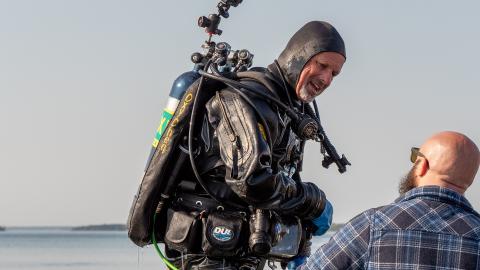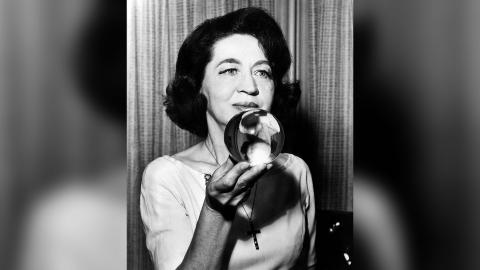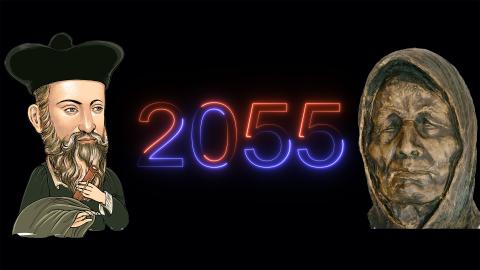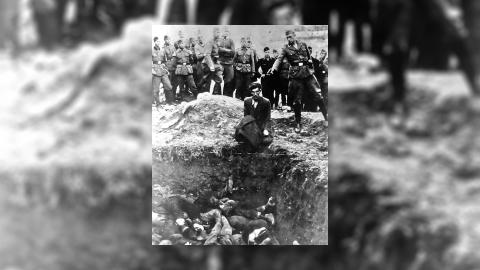The Knights Templar – Debunking The Myths
Founded in Jerusalem in 1119, the Poor Fellow-Soldiers of Christ and the Temple of Solomon were a Christian military order created to offer protection to Christian pilgrims travelling to the Holy Land. Over the next two centuries or so, these medieval vicars-turned-elite-fighting-forces grew to become one of history’s wealthiest and most powerful organisations.
As would be de rigeur for a 900-year old religiomilitary organisation with riches beyond belief, unprecedented power and the ear – and trust – of kings and Popes, the gaudy myths that have weaved their way through the fabric of the politics, religion, art and literature of the civilisations that followed are as engrossingly fascinating as the reality they embellish – or often fabricate entirely.
*CAVEAT* It’s worth noting that many of these stories have been around since the Templars were wiped out at the start of the 14th century (some were even created during the Crusades) and there appear to be dozens of derivatives of each one, some slight, some wholesale and they have been told and re-told over hundreds of years in languages from the east and west. Some were generated by their captors, inquisitors and enemies to precipitate their downfall and subsequent disgrace, some are the figments of over-active imaginations and some may well carry shreds of truth. Then again they may not. it really is up to you what you believe…
The Templars Discovered The Americas 100 Years Before Columbus
This is a relatively new myth (propagated in the 20th century) that suggests that during their persecution, the last of the Templars fled to Scotland in the mid- to late-1300s. After founding the clan St Clair whose ancestors built Rosslyn Chapel in 1446 and who remain its owners to this day, they met two brothers and expert sailors from Venice called Zeno.
As the Order’s new Grand Masters, the Sinclairs (Templars) wanted to find new land to set up a Templar government so with the Zeno brothers’ water-based mastery and Templar cash and treasure, they are supposed to have headed west to the New World in 1398. A document known as the Zeno Manuscript, subsequently dated to the late 1550s and published anonymously, shows a map of Nova Scotia (New Scotland) with a crowned knight, and further ‘evidence’ of their pre-Columbus landing includes the Newport Tower in Rhode Island. When this attempt at colonisation failed, they decided to bury the treasure – said to include the Holy Grail (whatever that may be), the Ark of the Covenant, Marie Antoinette’s jewels, Shakespearean manuscripts proving the Bard’s work was written by Francis Bacon and various important masonic and religious artefacts including a piece of wood from the Cross of Christ – in a complex Money Pit on Oak Island in Nova Scotia instead of risking it on the journey back east.
Some say it’s still there…
The Templars Are Responsible For Our Belief That Friday 13th Is Unlucky
On Friday 13th 1307, every templar knight in France was arrested by order of King Philip IV and this is said by many to be the origin of the superstition that the date in question is unlucky. However it appears that ‘paraskevidekatriaphobia’ (the fear of Friday 13th) didn’t enter our collective consciousness until the 20th century.
There are a number of pretenders to this particular throne – Thomas W Lawson published a novel in 1907 called Friday the Thirteenth in which a Wall Street broker causes a financial meltdown on said day; there were 13 present at the Last Supper (the 13th traditionally being Judas Iscariot) the night before Good Friday when Jesus was crucified and even that Italian composer Gioachino Rossini who long regarded both Fridays and the number 13 as unlucky died when? On Friday 13th 1868.
Today’s Freemasons Are Yesterday’s Templars
The suggestion of links between Freemasons and the Knights Templar can be dated pretty accurately to 1737 when Andrew Michael Ramsay, better known in masonic circles as Chevalier Ramsay, raised the idea that Freemasonry was connected to the knights of the Crusades in Discourse Pronounced at the Reception of Freemasons by Monsieur de Ramsay, Grand Orator of the Order. A myth within a myth says that he mentioned the Templars by name, hence the misconception that the two groups were somehow connected.
He didn’t. He actually mentioned the Knights Hospitaller but that can of worms was opened and so far it has been impossible to close. It was claimed that when the last Templars escaped to Scotland, they fought alongside Robert the Bruce at Bannockburn in 1314 and as a reward, the king created freemasonry but a uniformed Templar presence there has been almost universally debunked as hokum.
The Knights Templar hold an impossibly sexy fascination for many and the notion they were wiped out at the whim of an angry king and the subsequent stroke of a papal pen was more than increasingly knowledgeable Western ideals and sensibilities could endure.
The stories were too good to be dismissed. So there developed the ideas that they survived, prospered, adapted, became silent and invisible overlords or morphed into secret societies with the power and wealth to alter the geopolitical landscape for their own benefits grew and took on lives of their own.
As time moves further and further away from when the Knights Templars actually lived, prayed and fought, the supposed extant order has been portrayed variously as evil-doers, devil worshippers, benign saviours and mystical occultists and there are plenty of groups who still trade off the Templar name, giving conspiracy theorists perfect fodder to examine the idea that maybe, just maybe, they’re still around plotting – or according to some having already achieved – world domination.
However one fact does remain true. Whatever influence they once held – and it was, at the zenith of their powers undoubtedly wide-reaching – it was nothing like the influence they held (or indeed hold) in our imaginations.
















